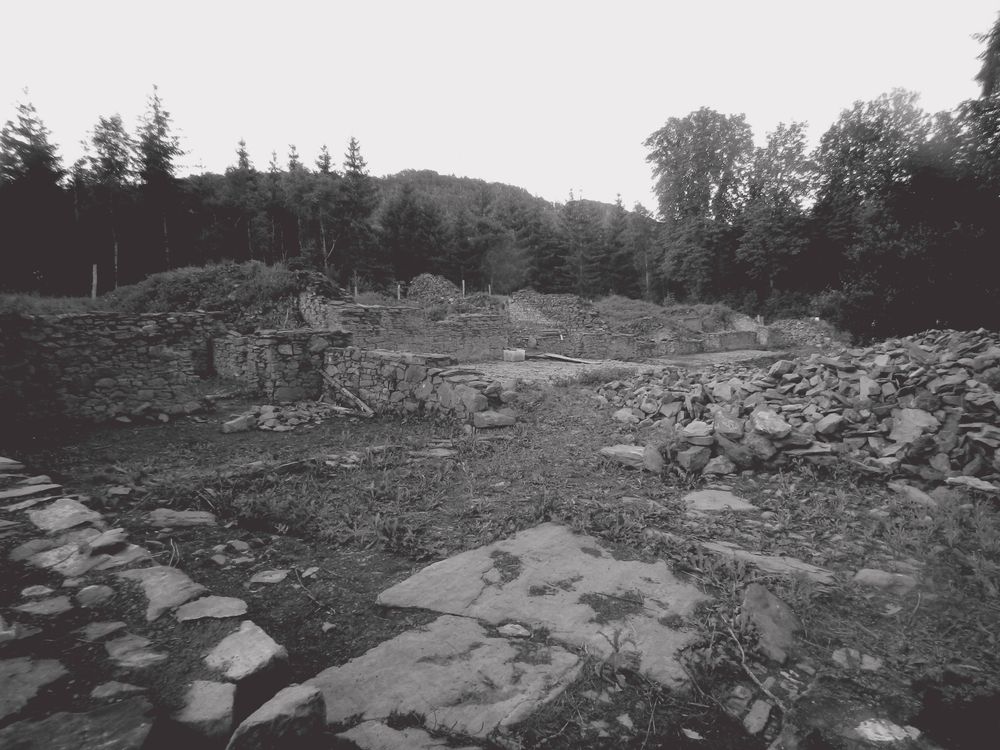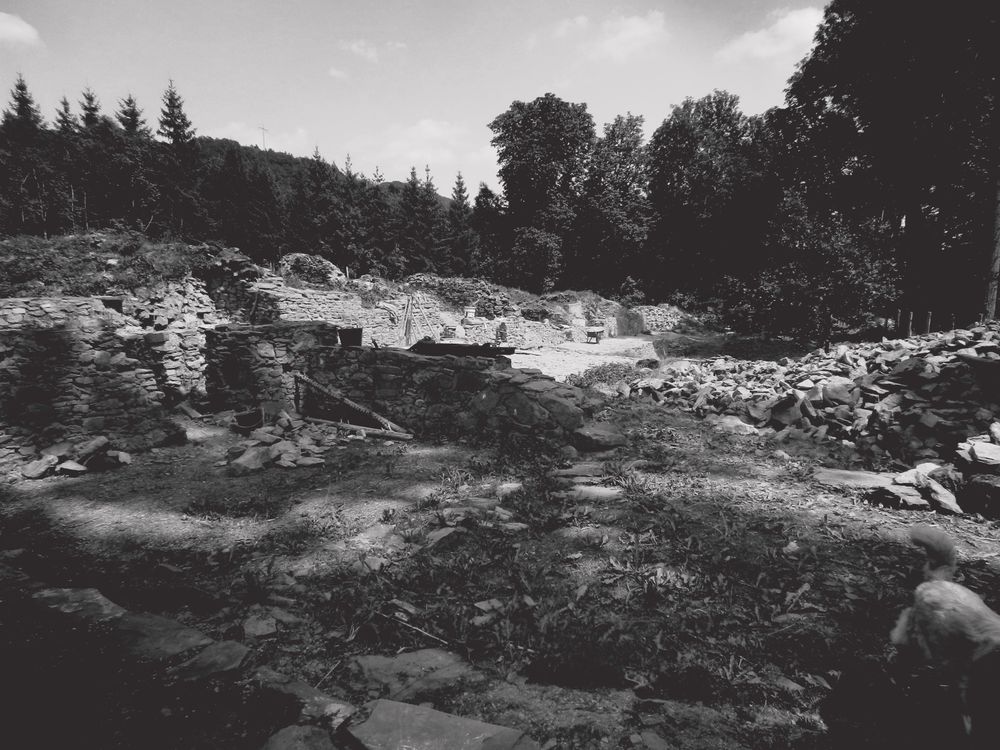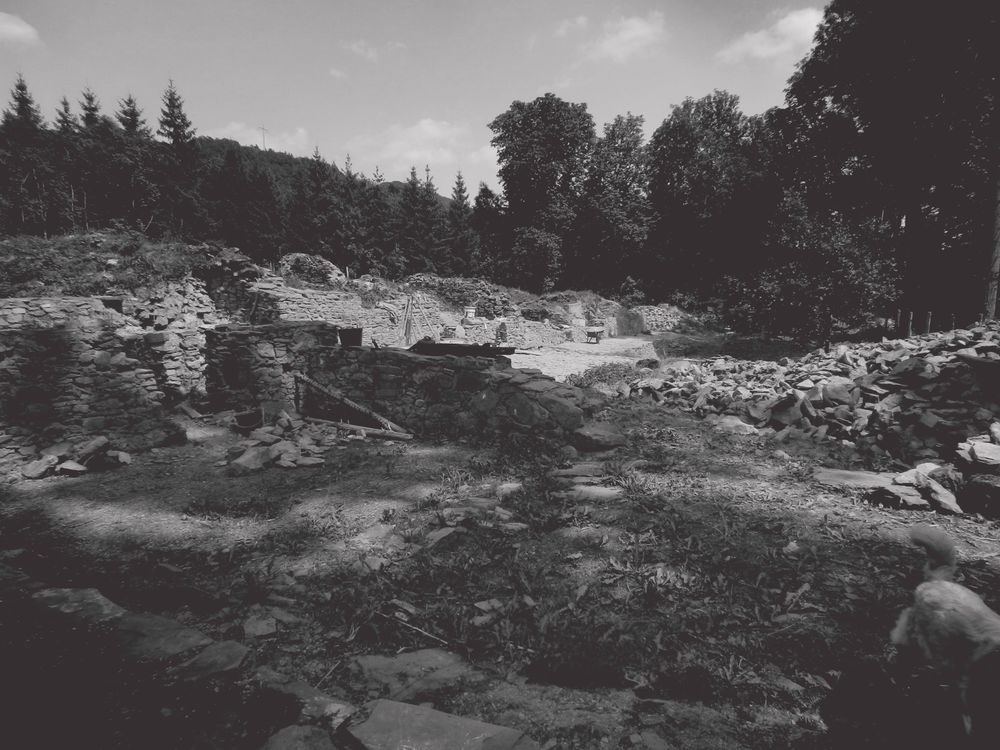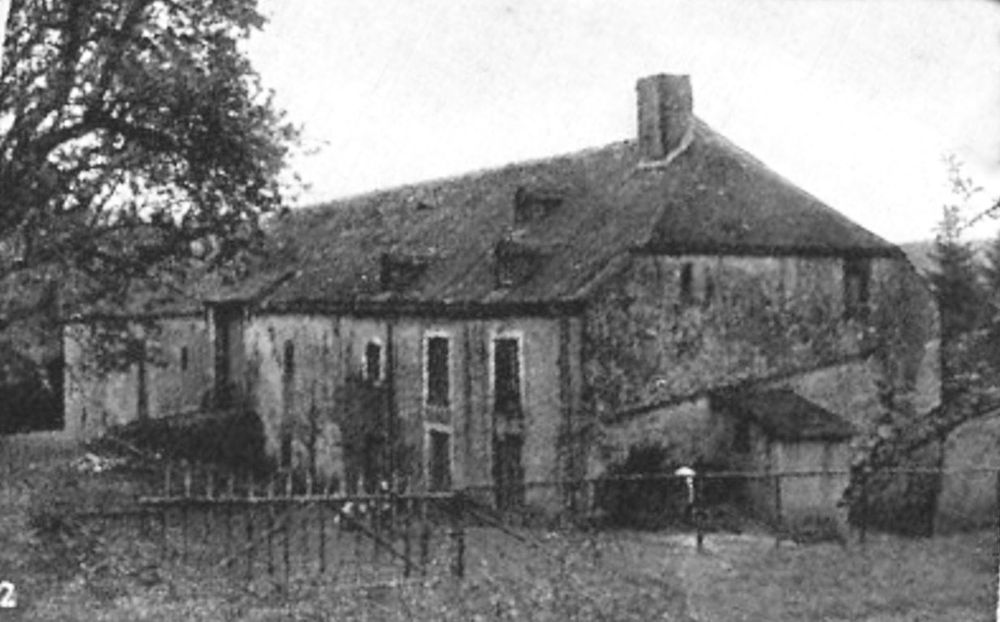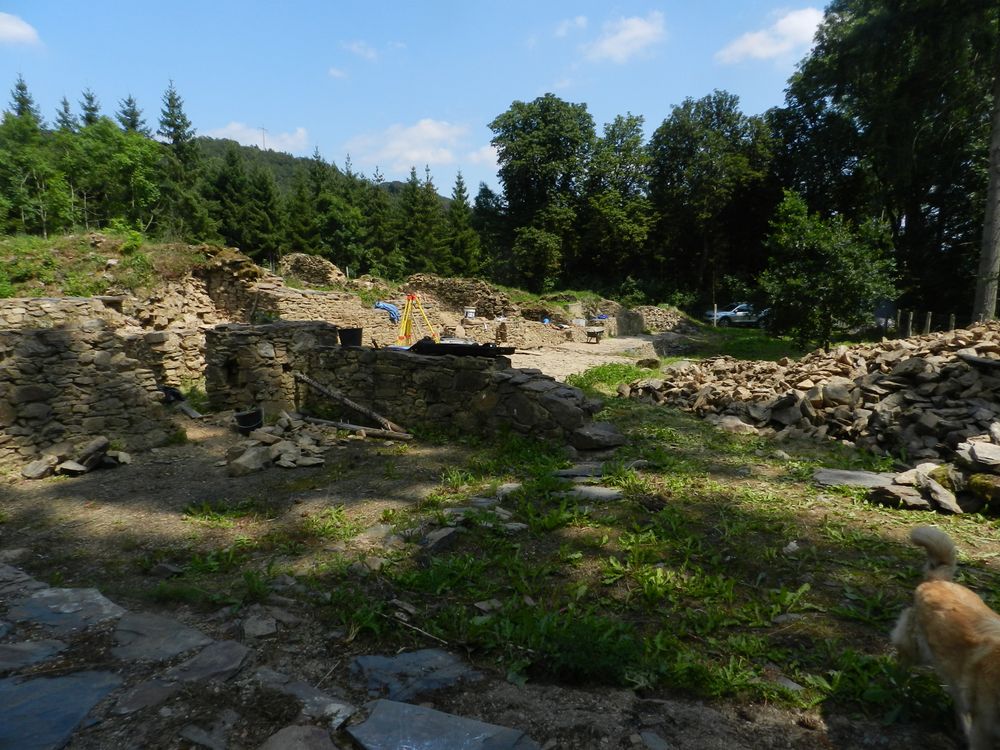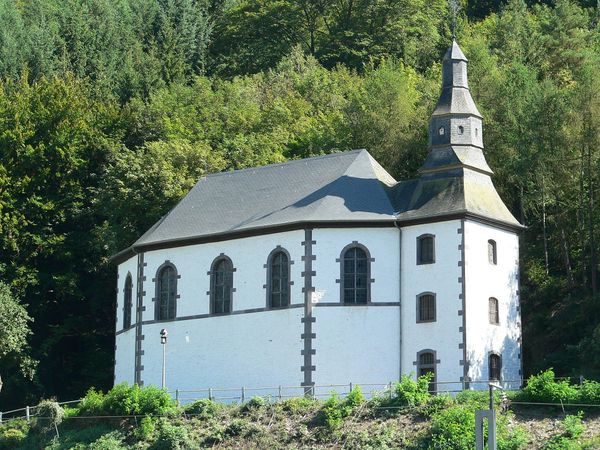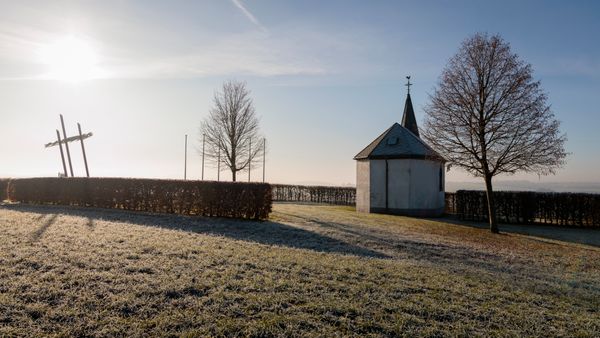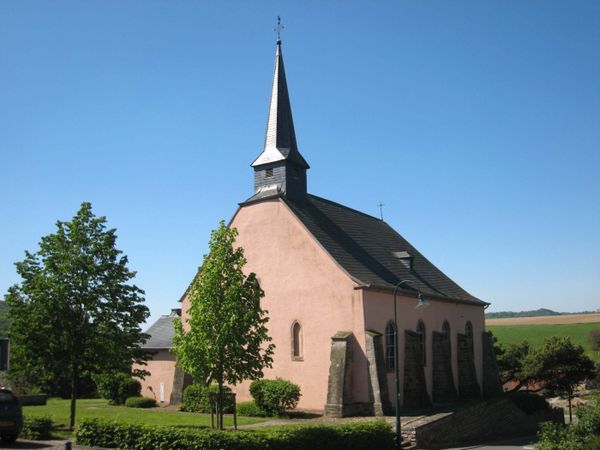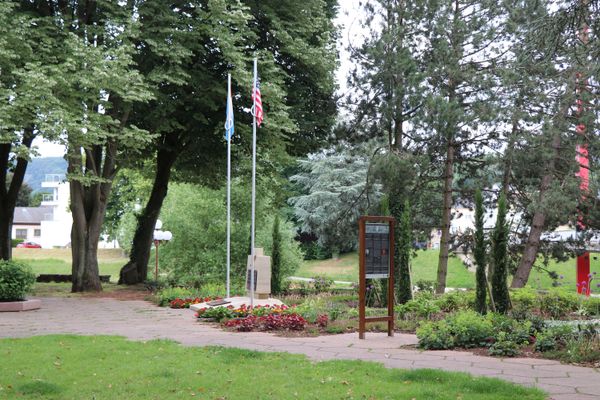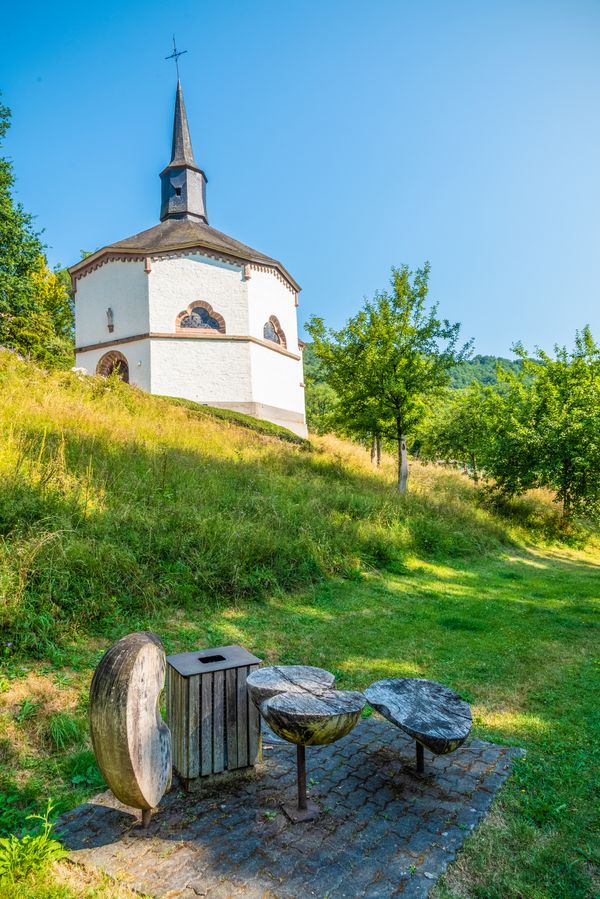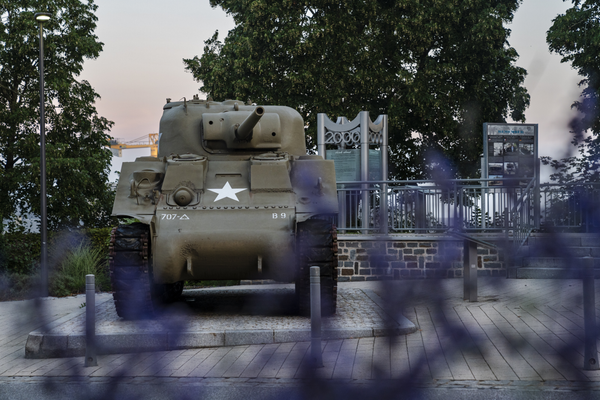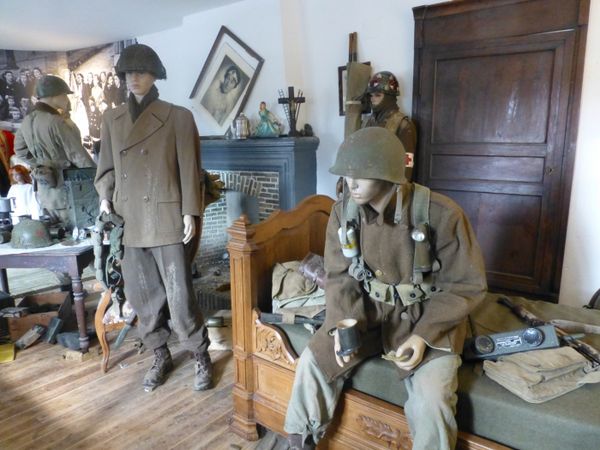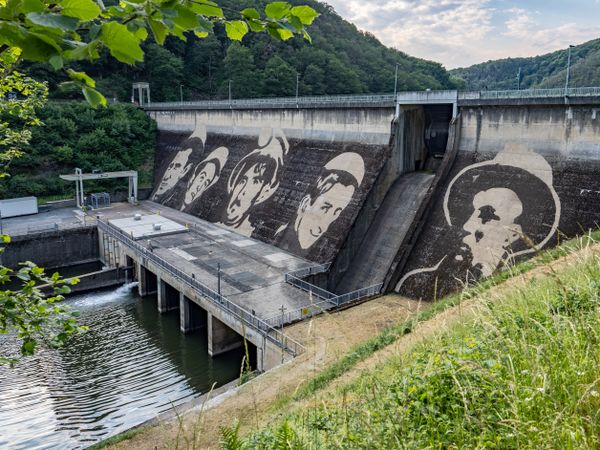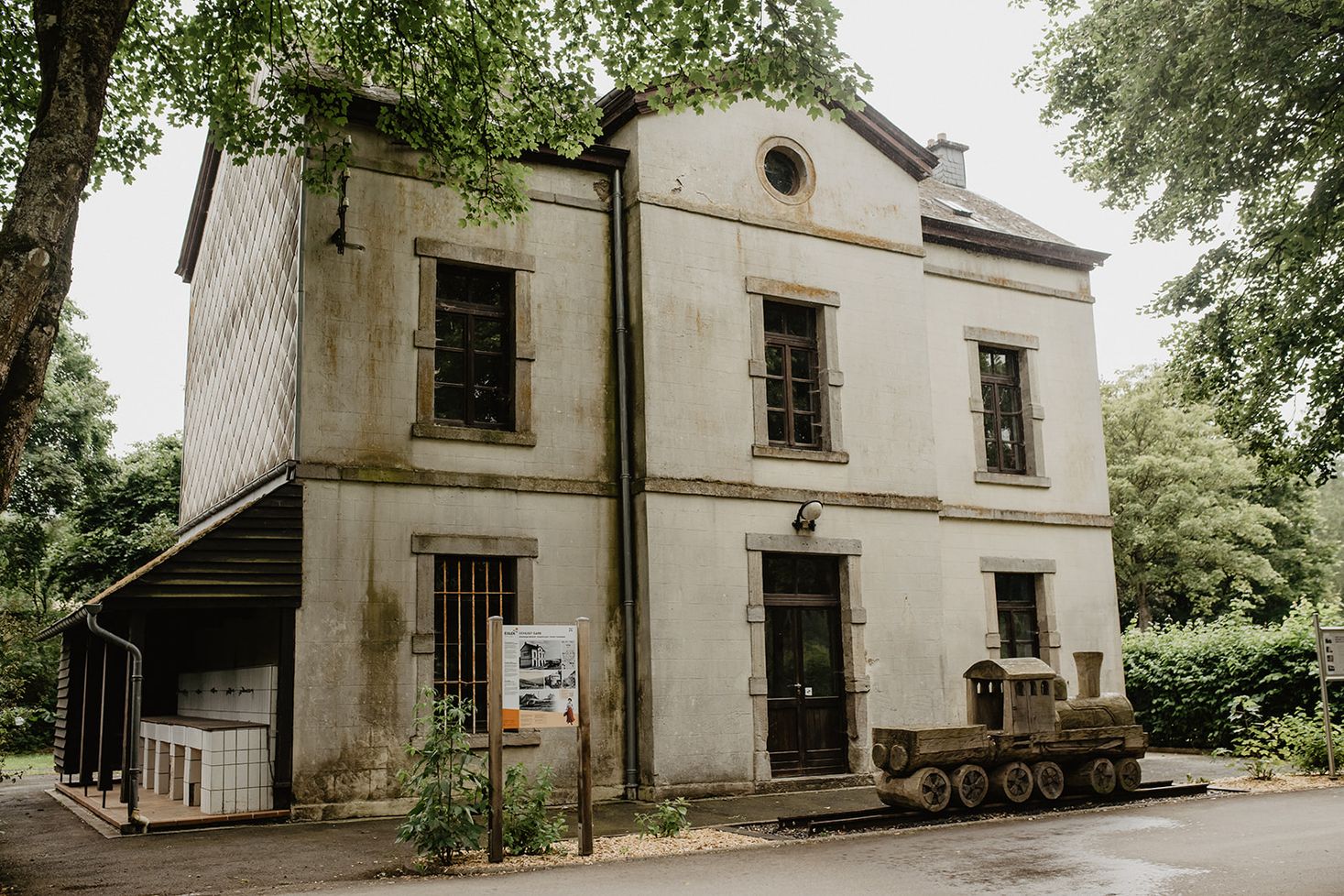
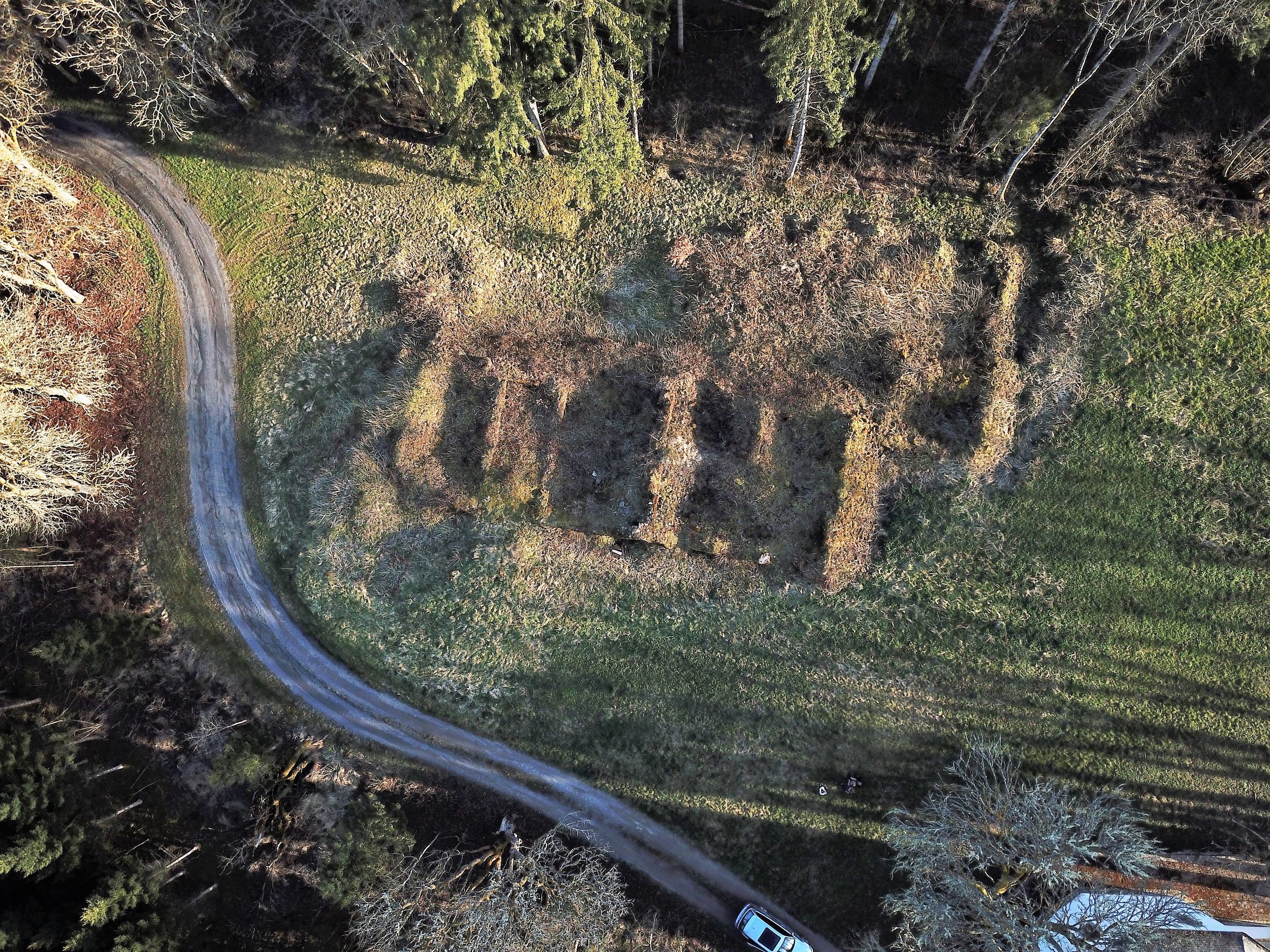
© Visit Éislek
Përmeshaff – Estate ruins
Përmeshaff, a historic site near Kaundorf, traces its roots to 1195. Over the centuries, it evolved into a religious centre, attracting pilgrims to its chapel and healing springs. Despite enduring a devastating fire in 1936, recent archaeological efforts have unveiled layers of its rich history, highlighting significance of Përmeshaff as a cultural landmark.
Përmeshaff, a site steeped in history, traces its origins back to 1195 when it emerged as a manor bestowed upon Münster Abbey, nestled amidst the Luxembourg countryside. Over the centuries, it evolved into a cultural and religious hub, attracting pilgrims to its revered chapel and healing springs, all under the watchful gaze of St. Pirminius himself, who blessed the site in the 8th century.
The estate saw myriad transformations, from the stewardship of Benedictine monks to the leasing arrangements with local lords, until it was auctioned off as a national estate in 1797. This marked the beginning of a tumultuous period marked by ownership changes and shifting fortunes.
However, tragedy struck in 1936 when a devastating fire engulfed Përmeshaff, reducing its once-thriving community to ashes. The fire, a dark chapter in its history, brought an abrupt end to centuries of human habitation, leaving behind ruins that nature slowly reclaimed.
Recent archaeological endeavours have sought to uncover the mysteries of Përmeshaff, revealing a rich tapestry of past lives within its walls. From the daily routines of tenant families to the spiritual practices of hermits, each layer of excavation unveils new insights into its storied past.
Despite the ravages of time and conflict, Përmeshaff's legacy endures, preserved through meticulous archaeological efforts. A 1 km hiking trail winds through the site, offering wheelchair accessibility and featuring five information panels where visitors can discover the site's history and gain insights into how people lived there.

